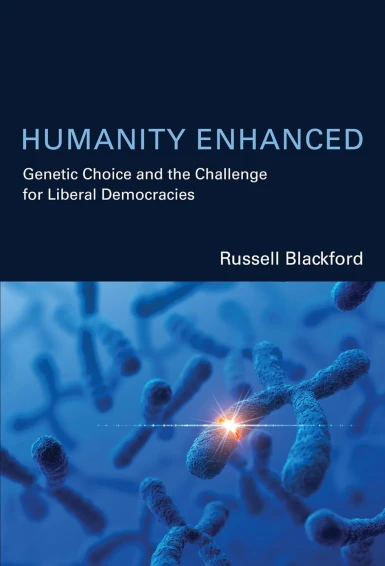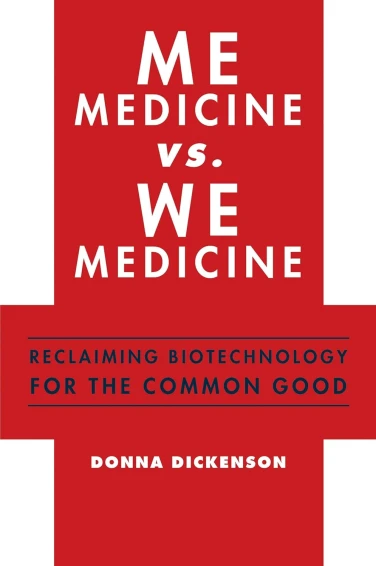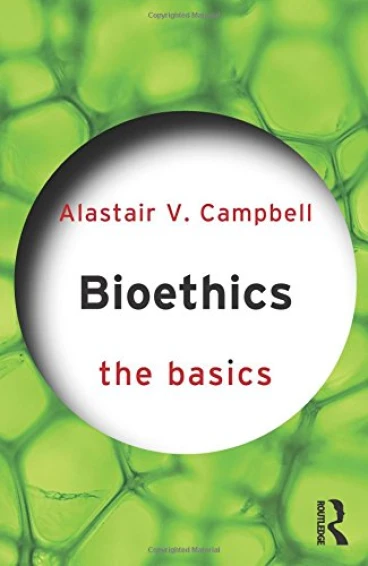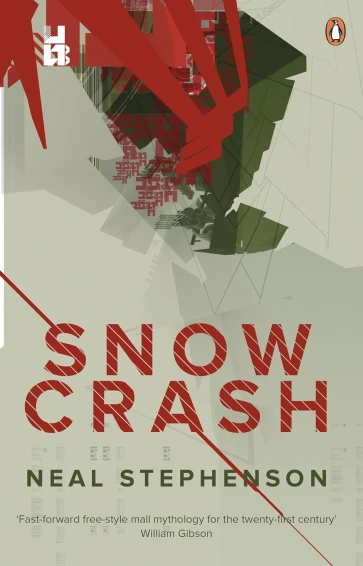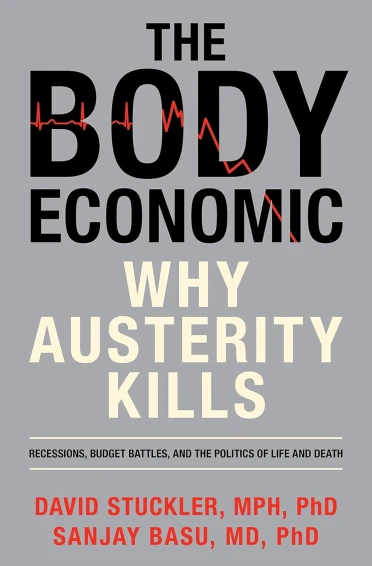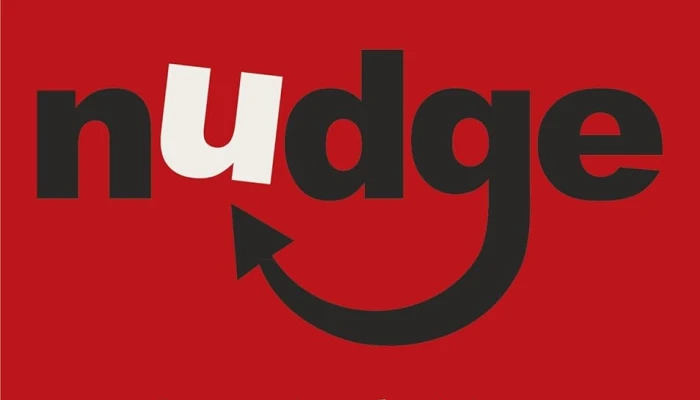
By Richard H. Thaler and Cass R. Sunstein
Penguin Books, London: 2009
RRP: £7.99
ISBN: 9780141040011 (sb)
Behavioural economics can empower or deflate how it feels to be human. The science of understanding human behaviour reduces us to predictable, fallible creatures who can be easily controlled to produce desired outcomes. The theory has a long history under different names, but has most recently found prominence through books such as Cialdini’s Influence and Ariely’s Predictably Irrational. Thaler and Sunstein’s Nudge, first released in 2008, is a practical manual for how to apply the principles of the field. Having caught the attention of Barack Obama and David Cameron, Nudge’s recommendations for population control range from the common sense to the more controversial. Its ideas form the backbone of the coalition government’s Behavioural Insight Team, led by Dr. David Halpern, which has the intention of applying nudge theory to government policy making. The increasingly fashionable ‘politics of the brain’ is exciting to political theorists but problematical in its potential. Its arguments warrant the challenge of ethical debate.
Focus
‘Would anyone object to putting the fruit and salad before the deserts at an elementary school cafeteria if the result were to induce kids to eat more apples and fewer Twinkies?’ How much we should influence other people’s behaviour for good is the motivating question of Thaler and Sunstein’s work. The book promotes liberal paternalism, arguing that, far from being a contradiction in terms, such an approach can help boost effective decision–making without taking authoritarian control. The basic source of information for the book is the emerging Science of Choice, with its four decades of research by social scientists. The result is an analysis of ‘choice architecture,’ which translates as how institutions should serve people by encouraging beneficial decision making.
The obvious audience for this book is behavioural experts, NLP enthusiasts and politicians. Yet its findings relate to us all. Parents, teachers, managers and coaches would all benefit from applying the findings of this insightful and motivational text. Critics will enjoy dissecting its ethical implications and debating the extent of its application.
Style
This is a highly readable and engaging book, with a large number of personal anecdotes and informative research studies. Thaler, Professor of Behavioural Science and Economics at the University of Chicago and Sunstein, Professor of Jurisprudence at the same institution, write in a humorous and personable fashion, making well–researched and academically qualified arguments with a light and succinct style.
The book is well–designed for practical application in policy making. It argues that the effect of nudges is to enable governments to have a more subtle leadership, where nudges replace requirements and bans. One cannot help but be immediately immersed; the reader starting to question their own everyday choices and whose choices they unknowingly influence themselves. The question arises as to whether one feels paralysed or empowered by the network of choice architecture that surrounds us.
Nudging Defined
Despite attempts by more critical readers to assert that nudges are by definition patronising and anti–libertarian, there is absolutely no malevolence in this book. The authors are simply aiming to create institutions that can counter some of our natural cognitive fallibilities.
Numerous practical examples are given for how nudge theory can be applied. The smallest, commonly accepted acts are included in the category of nudge: one’s card being given back first at a cash machine, signs to help you look the right way when crossing the road and the increasingly well–recognised (apparently) fly depicted in men’s urinals to assist with a more hygienic aim. Making user’s surroundings smell of cleaning fluid can also constitute a nudge, as findings suggest that a clean aroma can make us behave more tidily.
A further example of the harmless effectiveness of nudges stems from findings that we are more likely to do something when we have said we will do it. A finding as simple as this can be used to encourage people to vote, merely by asking them the day before if they intend to. Other nudging options entail providing consumers with more information. The authors recommend their own method for supporting customers with their choices, called RECAP: Record, Evaluate, and Compare Alternative Prices. This is a very simple proposal that provides consumers with clear details about how choices compare to each other. This can be applied in fields such as banking and health insurance. In short, most nudges turn out to be very harmless pieces of common sense, with Part One of the book focusing on incentives, providing helpful default options, giving feedback and structuring choices.
The Reluctant Nudgee
Some readers will still have an instinctive recoil at the thought of being nudged. Perhaps the best way of shedding this fear is by reading the book’s findings on how incompetent the majority of us can be in the day–to–day running of our lives. There are humbling statistics and scenario descriptions for which we all heed a grimace of familiarity, and all of our hopes of being beyond nudging are dashed. The book involves the reader in infallibility quizzes and optical illusions to provide further evidence for how systematically human beings can go wrong. Part One serves to convince us why reasoning alone will not lead us to sound decision–making.
The reader who had hoped to remain ‘anti–nudge’, is undermined by the assertion that this position is not only ‘unhelpful’, but a ‘literal non–starter.’ All of our lives we nudge and are nudged, whether we are aware of it or not.
Money
The subject of money forms the whole of Part Two. The reason for this is that humans tend to make their worst decisions when having to prioritise long–term gain over short–term pleasure. Saving, investing and borrowing money can provide all of the pitfalls for the fallibilities of human nature. Potential nudge solutions involve the authors’ RECAP model, which would provide clarity and information to help simplify complex decision–making. A further option is automatic enrolment onto intelligently designed default schemes. The authors argue that the power of default options should be paid attention to by governments, in a ‘yeah, whatever’ culture where people tend to stick with the status quo.
A postscript relating to the financial crisis of 2008, argues that not all responsibility should fall to bankers and big business; consumers should also accept their role in the collapse. Nudges can help us all to manage the complexity of our personal finances, resist temptation and avoid being misled.
Humans and Econs
One amusing aspect of the book is the continual contrast between the decisions of Humans the fictitious species of ‘Econs,’ who are superior to humans in every decision–making respect. All human readers shrink in the embarrassment of the parallel. Humans struggle to prioritise long–term gain over short–term pleasure, get easily confused and have a number of ‘rules of thumb’ up their sleeves that are usually misleading and useless. We also tend to have a negative effect on each other, with some of our least impressive decisions being made due to conformity. The Econ’s cool rationality and easy objective decision–making is a long way off. Human beings are frequently referred to as ‘Homer Simpsons,’ with the government encouraged to incentivise the semi–econ that lives within: the Planner.
A concern one could draw from the book is that nudge theory could encourage society to become similarly stratified. By relinquishing responsibility for key decisions over to intelligent defaults, there could arise an all–pervading mindlessness in the general population. One could equate this with the total lack of direction many drivers now have due to the emergence of the SatNav technology. Reminders, feedback and intelligent defaults all constitute fairly harmless nudges, but there is the risk that we start to lose our own minds completely. There are also implications for our morality. Where so many cash incentives are involved, the moral fibre behind the motivation for our actions seems base. The authors argue a success of nudge theory to be a programme where teenage mothers are paid a dollar a day for not getting pregnant. The programme may work, but to achieve a behaviour merely for the sake of it may have longer term moral implications.
It is perhaps a sad feature of the book that such a main premise is the fallibility of the human species. Rendered inept, we hand ourselves over to a lifetime of gentle nudges by those deemed in the know.
Challenging the Theory
A crucial premise of nudge theory is that it should only be used to produce a better world. Financially, people should only be helped to find better deals and physically they should only be helped to find better health. Yet, plenty of organisations profit from harmful products, arguing for freedom of choice for consumers. The tobacco industry can be taken as a case in point, with some of the largest organisations advocating the human right to choose pleasure over health. The main challenge for nudge theorists will always be this extreme libertarian argument.
A further challenge for advocates of Nudge is what to do when what is ‘good’ cannot be clearly defined. For little Johnny to have a carrot instead of a sweet may be a clear example of good over bad, but what if the choice is whether primary school children should be taught about the dangers of Class A drugs? The authors argue that nudges will always be towards behaviour that people would choose for themselves, so dialogue between voters and the government about what constitutes good behaviour is vital for authentic nudge application. In an excellent ‘Objections’ section at the end of the book, the authors acknowledge the potential for nudges to be misused. Recommendations for regulations and safeguarding are made and all of the main ethical objections are opposed.
The Argument to Push
Some readers may object to the book by claiming that nudges could never help in some of the most enormous problems of the day. The book does appear to mainly suggest very small acts or changes in policy, whilst claiming the potential gains to be vast. Thaler and Sunstein deal with this criticism very well in Part Three of the book. Entitled ‘Society,’ some of the biggest issues of today are addressed: the US prescription drugs system, organ donation, environmental conservation and marriage. For the issue of the environment, the recommended nudges are financial incentives and information disclosure by large companies. These may not seem enormous gestures, but a real strength of the book lies in its extensive references to social research. The main message is that we need to drop the ideology that punishments are effective, working instead with the findings that show how we can really make human behaviour tick.
Conclusion
To conclude, Nudge is a fresh and lively insight into the theories of Behavioural Economics. It will not offer a great deal of new content for the well–versed reader of this field, but its recent application by the coalition government makes it appealing for any follower of politics. Providing useful insights for a first time mother or a Prime Minister, there are few who could not be transfixed by the Nudge’s unveiling of human nature. It provides great scope for academic discussion and ethical debate.
More information about the book and details of the authors’ favourite nudges can be seen at http://www.nudges.org.




